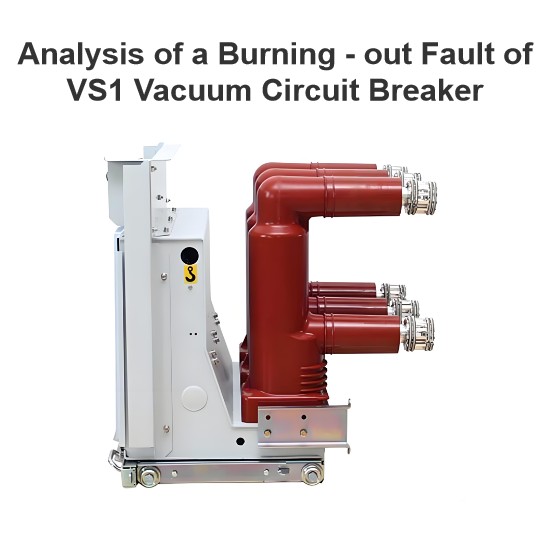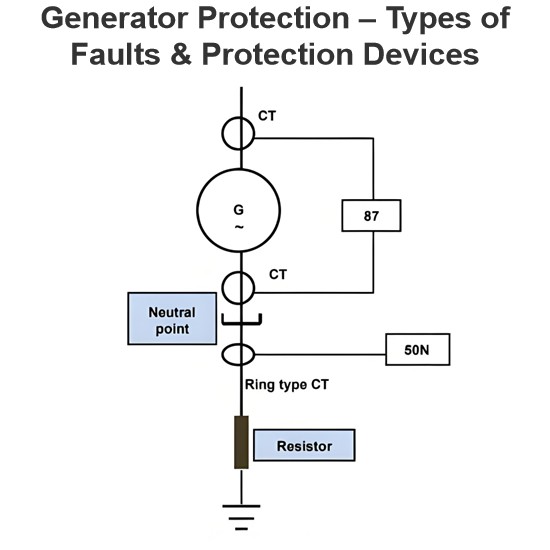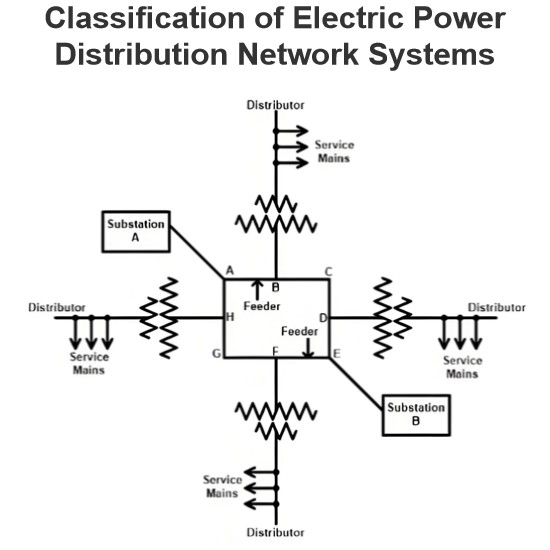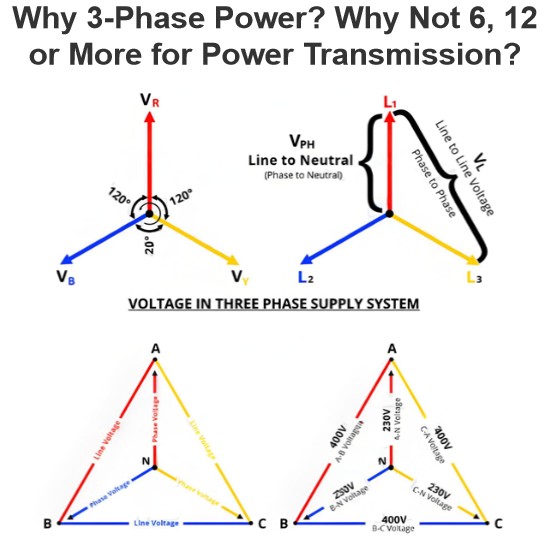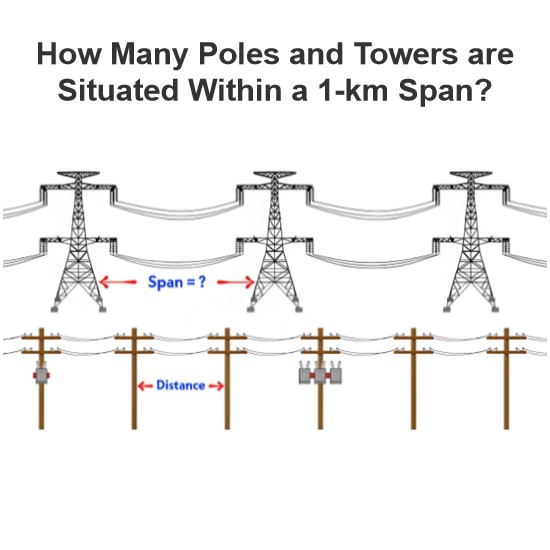| Brand | Wone |
| Model NO. | 252kV HV Gas circuit breaker |
| Rated voltage | 252kV |
| Rated normal current | 5000A |
| Rated frequency | 50/60Hz |
| Rated short circuit breaking current | 63kA |
| Series | LW58-252 |
Product introduction:
LW58-252(W) outdoor self-energy power high voltage SF6 circuit breaker is suitable for the electric power system of AC 50Hz and 252kV, which is the control and protection equipment for the electric power system, as well as for circuit breaker connection.
The product uses SF6 gas as the arc extinguishing and insulation medium, adopting the self-energy power arc extinguishing double-action-type interrupter structure technique, equipped with new-type spring operating mechanism., with features of strong switching ability, less operating power, bow noise and high reliability, the technical indicators have reached similar products in domestic and international advanced level.
Three-phase SF6 circuit breaker, which is operated by one mechanism for one pole, is changed to three-phase mechanical linkage circuit breaker which is operated by one mechanism. The decrease of mechanism improves the linkage reliability for three-phase SF6 circuit breaker to avoid lack of phase operation.
Main characteristic:
Adopting the self- energy power arc extinguishing and double-action-type structure technique breaking capacity is more stabilization.
This product has less, operating power, high reliability and mechanical Life cycle up to 10,000 times;
Dynamic and fixed contact using copper tungsten arc overall sintered structure, withstand high temperature, under the arc burning in a small, full breaking capacity of more than 20 times;
Reliable sealing performance: it is guaranteed that the SF6 gas has an annual leakage of far less than 0.5 percent;
Strict dehumidification process for component parts of the product the SF6, moisture content ls far lower than similar products;
The circuit breaker has high insulation level and the creepage distance is more than 31mm/Kv;
The valve plate of the arc extinguishing compartment is made of new-type light weight Zinc-base alloy, Compared with the traditional materials adopted for similar products, this, material has more stable and reliable, gas feature and breaking performance;
The spout made of import PTFE mixed with other micro-co.ponents.t has stable breaking performance and strong ablation resistance;
Electrical units ln secondary circuit and SF, density relay are high-quality impact or Joint-venture products:
Pure spring operating mechanism the important component parts in the mechanism are forged with quality alloy steel for high strength and abrasion resistant, which can ensure low fault rate under frequent operation of the breaker.
Main technical parameters:
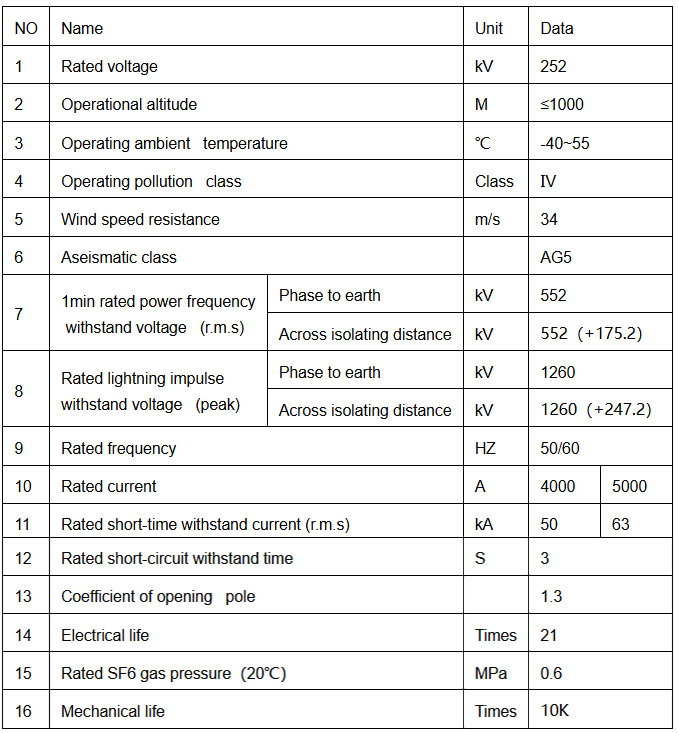
Instructions on placing orders :
Model and format of the circuit breaker;
Rated electrical parameters (voltage, current, breaking current, etc);
Working conditions for using (environment temperature, altitude, and environment pollution level);
Rated control circuit electrical parameters (Rated voltage of energy-store moter and Rated voltage of opening, closing coil);
Names and quantities of spare items needed, parts and special equipment and tools (to be otherwise ordered);
The wire connecting direction of the primary upper terminal.
What are the main types of tank circuit breakers?
SF6 Gas-Insulated Circuit Breaker: Uses sulfur hexafluoride (SF6) gas as the insulating and arc-quenching medium. SF6 gas has excellent insulating properties and arc-quenching capabilities, allowing it to meet the high voltage and high current breaking and insulation requirements in a small space. It is widely used in high-voltage and ultra-high-voltage power systems.
Oil-Immersed Circuit Breaker: Uses insulating oil as the insulating and arc-quenching medium. Insulating oil has good insulating properties and heat dissipation capabilities, effectively extinguishing arcs and cooling the contacts. However, due to the fire risk and environmental pollution associated with insulating oil, its application range has gradually decreased. Currently, it is mainly used in specific situations where fire prevention requirements are not stringent.

